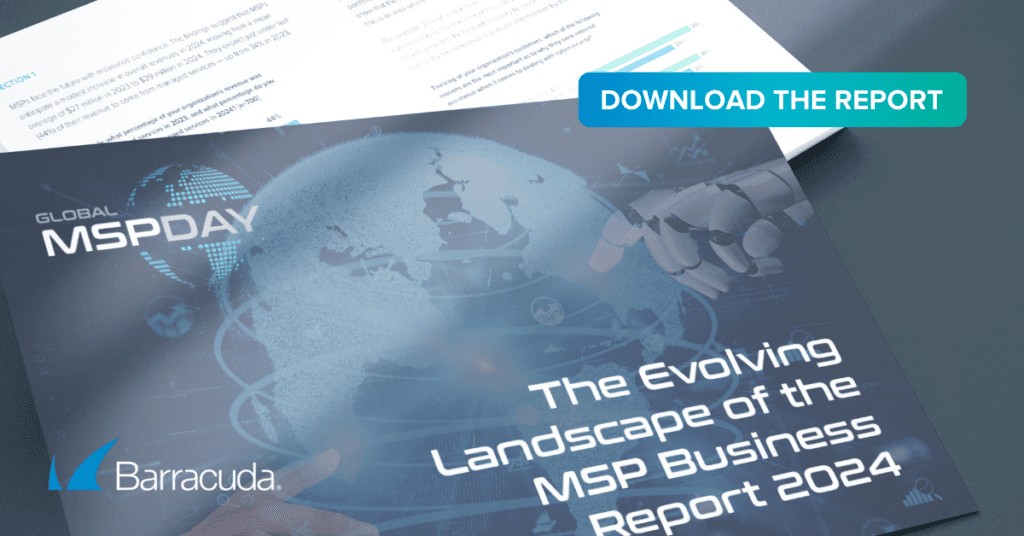
Password authentication is becoming popular for businesses because it boosts security while making things easier for users. Instead of relying on passwords that can be hard to remember and vulnerable to attacks, methods like biometrics or single-use codes offer a safer and simpler way to log in. Managed service providers (MSPs) are uniquely positioned to guide clients through this transition. Helping them understand the benefits can make the switch to passwordless authentication smooth and stress-free.
Explain what passwordless authentication is in simple terms
Passwordless authentication lets your clients log in without traditional alphanumeric keys. Instead, they can use methods like biometrics — fingerprints or face recognition — one-time codes sent via email or hardware tokens. For example, if a client logs into their system using a fingerprint or clicks a link in their email to authenticate, that’s passwordless authentication at work.
The two most common authentication approaches are one-time-use — where a new code is sent for each login — and certificate-based, which verifies identity through secure digital certificates. These methods are more manageable for users and much safer than traditional passwords.
Eliminating the need for credentials simplifies the login process for your clients and improves their overall security. Weak or stolen keys are a significant cybersecurity risk — and passwordless authentication removes that vulnerability entirely. It streamlines the experience, saving users time and frustration while protecting clients from potential attacks. Helping them understand and adopt these methods provides modern, secure solutions that enhance security and user experience.
Highlight the security benefits
One of the most significant advantages of passwordless authentication is that it strengthens security by cutting down on risks like phishing, credential stuffing, and weak management. The average user manages about 100 passwords, which is a lot to keep track of. In fact, 51 percent of users admit to resetting a forgotten password at least once a month. This struggle creates security gaps — where attackers can easily exploit weak or reused keys — putting your clients at risk.
Passwordless systems remove that vulnerability by using harder methods for cybercriminals to crack. Whether biometrics — like fingerprints or face recognition — or hardware tokens that generate unique login codes, these approaches are specific to each user and can’t easily be duplicated.
Unlike traditional alphanumeric keys — which malicious actors can guess, steal, or reuse — these methods are far more secure. Guiding your clients toward passwordless authentication offers a strong future-proof defense that reduces their exposure to cyberthreats.
Address common client concerns
Clients might have understandable concerns about adopting this practice, particularly regarding privacy risks, system compatibility, and implementation challenges. As of October 2023, over 5 billion records had been compromised in data breaches, so businesses are rightfully cautious about security changes.
However, passwordless systems can offer greater protection. For instance, hardware tokens are highly secure because they generate unique login codes that are nearly impossible to duplicate. Additionally, biometrics like fingerprints or facial recognition are stored in a way that ensures they aren’t accessible or shareable, reducing privacy risks significantly.
Regarding system compatibility, passwordless methods are designed to work with existing infrastructure, making the transition smoother than many clients might expect. Many platforms already support biometrics or can easily integrate hardware token authentication, reducing the burden on IT teams.
Further, passwordless authentication often helps businesses meet compliance and regulatory requirements more effectively, as these systems offer stronger security measures that align with standards like GDPR and HIPAA. Addressing these concerns with clear solutions reassures your clients that this approach enhances security and provides a future-proof solution that’s compliant and easy to implement.
Offer guidance on implementing passwordless authentication
You should guide clients through the process, ensuring they understand each phase and feel confident in the new system. Breaking it down into manageable steps will help streamline the implementation and address concerns. Here’s a step-by-step guide to help you lead them through the adoption of passwordless solutions:
- Assess the client’s current system: Evaluate their existing infrastructure and identify which systems and applications can easily support passwordless authentication.
- Choose the right passwordless method: Select the best method based on the client’s needs. For example, 45 percent of U.S. adults favor using facial recognition to track employee attendance. This ensures the solution aligns with their security goals and user preferences.
- Run a pilot program: Implement passwordless authentication with a small group or department. This allows for testing and adjustment before rolling it out companywide, reducing disruption.
- Provide training and resources: Offer training sessions, user guides, and FAQs to ensure the client’s team knows how to use the new system.
- Monitor and adjust as needed: After implementation, monitor the system’s performance and user feedback. Make any necessary tweaks to ensure everything runs smoothly and address any issues.
- Offer ongoing support: Stay available for troubleshooting and updates. Continuous support helps build trust and ensures long-term success.
Future-Proofing Client Security
As a trusted MSP, it’s important to start discussing passwordless authentication with your clients to keep them ahead of evolving cybersecurity threats. Introducing this solution early makes you a forward-thinking partner who prioritizes security and convenience.
Photo: Thomas Andreas / Shutterstock

